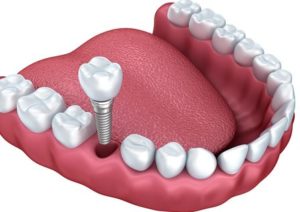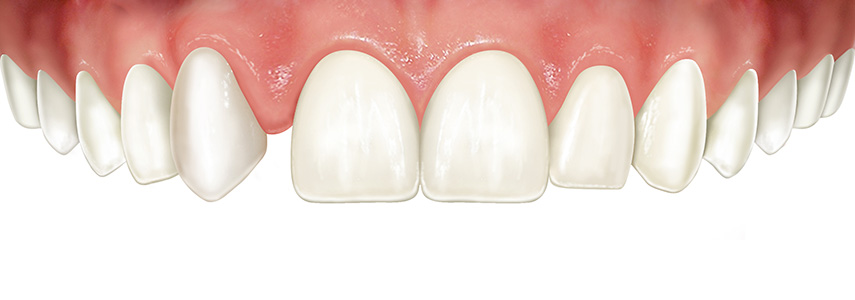Dental agenesis is the pathology of those who manifest the congenital lack of one or more teeth due to the lack of formation or destruction of the dental germ. To date, the origin of the disease has always been attributed to genetic factors.
Dental agenesis is a fairly frequent anomaly that can occur both for deciduous dentition (the so-called milk teeth) and for permanent dentition and can affect only one tooth (therefore it is defined as single agenesis) or multiple teeth (multiple agenesis) .
Diagnosing a case of dental agenesis is not as immediate as one might think, it is not enough to have evidence of the absence of a tooth in the eye.
The fundamental examination to recognize a problem of dental agenesis is the radiographic one and the more immediate the recognition of the pathology, the easier it will be to remedy the problem. For this reason, even in the case of a delay in teething exchange, it is advisable to proceed with a check-up visit, including orthopanorama, to establish with certainty which of the following reasons is due to the absence of the tooth:
- congenital causes
- delay in dental development
- tooth inclusion
Timely initiation of the most appropriate treatment means preventing at least three of the most harmful consequences related to dental agenesis from occurring:
- chewing and malocclusion problems
- displacement of adjacent teeth in the space left empty by the missing tooth
- aesthetic discomfort (especially if the missing teeth are incisors or canines)
What to do in cases of dental agenesis
 The best solution to correct a problem of dental agenesis is to resort to implantology, a recommended therapy starting from the age of majority. Until then, through a specific treatment, the dentist will keep the space free to make it suitable for the insertion of the new tooth.
The best solution to correct a problem of dental agenesis is to resort to implantology, a recommended therapy starting from the age of majority. Until then, through a specific treatment, the dentist will keep the space free to make it suitable for the insertion of the new tooth.
When the aesthetic function is not particularly compromised and dental agenesis affects, for example, a second lower or upper premolar, the therapy could be exclusively orthodontic without the need to resort to implantology. In this specific case, the excess space can be correctly resized thanks to a new alignment of the existing teeth, effectively reducing the aesthetic discomfort.
In addition to genetic predisposition, there are external factors that could favor the onset of dental agenesis, including some diseases contracted during pregnancy: diabetes, rubella or prolonged exposure to polluting environmental factors such as dioxin.
In any case, if the teeth are late to appear, whether they are destined to fall or permanent, it is good to book a visit immediately without prolonging the wait too much. An ortho-overview and a specialist visit will remove all doubts.
















